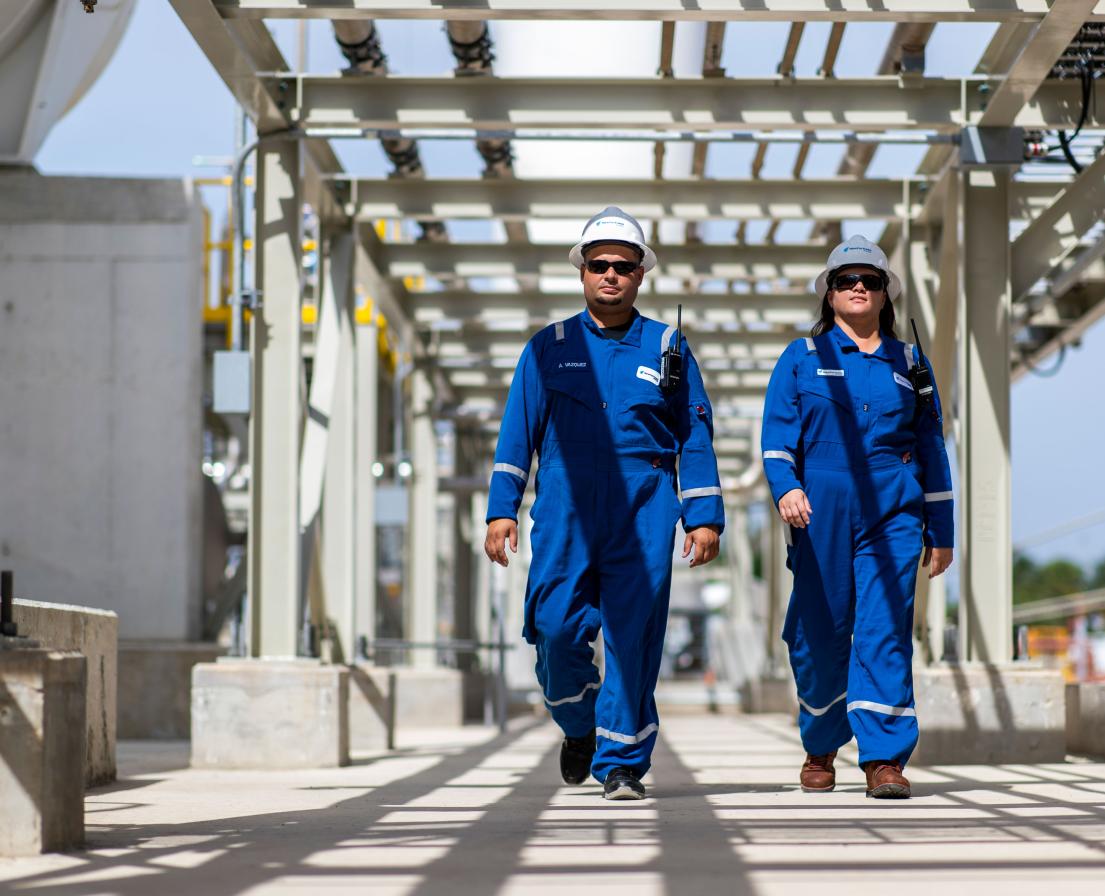The facts about natural gas
LNG CASE STUDY
Get to know
natural gas
It’s natural to have questions about natural gas. This quick primer will give you all the facts about natural gas — where it comes from, the advantages of natural gas, how we use it in everyday life, the surprising history of its discovery, and 10 facts about natural gas you might not know.
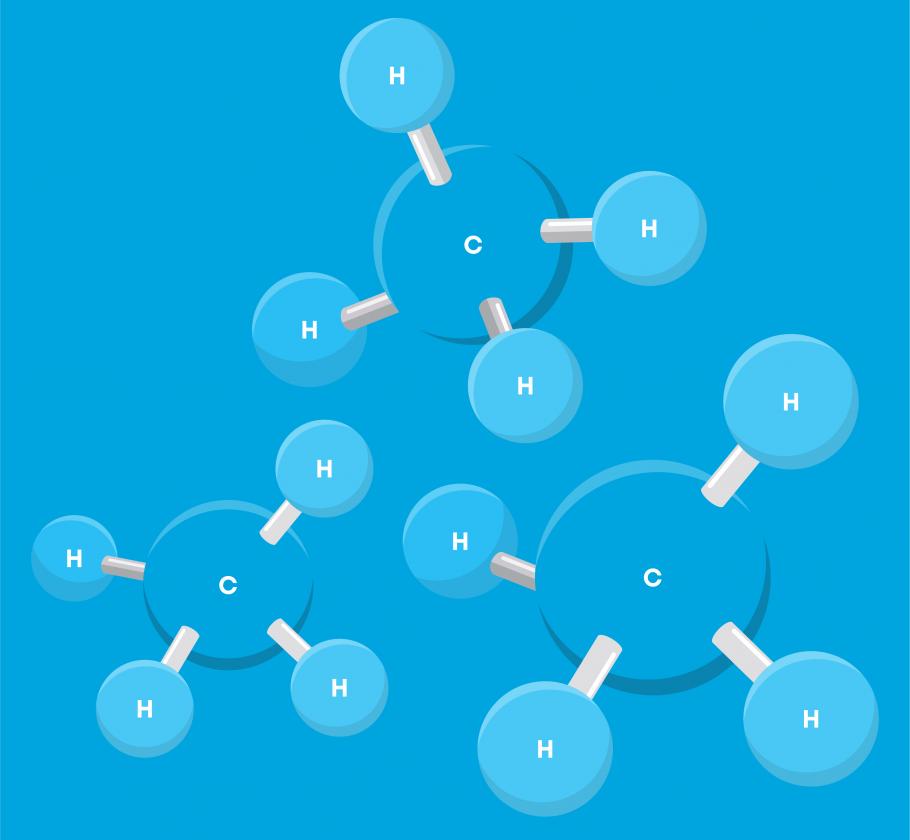
What is natural gas?
Natural gas is, well, natural! It is the world’s cleanest burning hydrocarbon. Natural gas is made mostly of methane (CH4), though in its raw form, it may also include other components such as butane, propane, pentane, nitrogen, carbon dioxide, and water vapor.(1)
Fun fact 1: A hydrocarbon is a molecule that consists of solely hydrogen (H) and carbon (C) atoms joined together.
Fun fact 2: Natural gas is lighter then air.
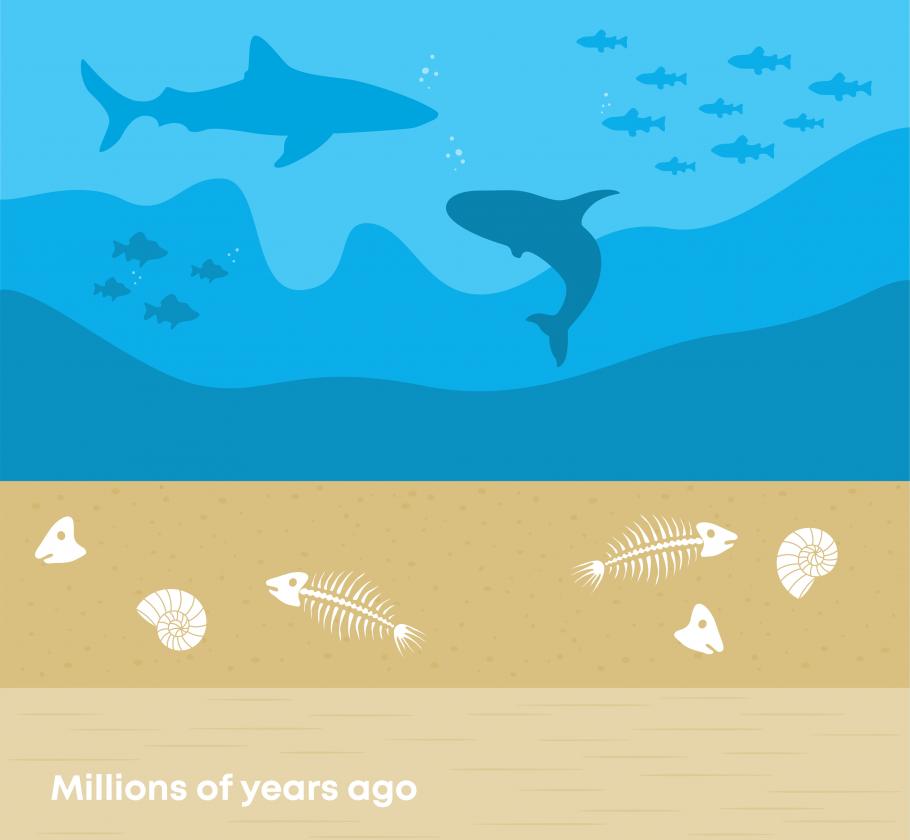
Where does natural gas come from?
The natural gas that we use to power our world actually comes from decomposing animal and plant matter.
Over millions of years, these remnants have become buried in layers of sedimentary rock deep within the earth, or in the sand on the ocean’s floor. Heat and pressure eventually transform them into coal, oil, and natural gases that may either rise to the surface or pool and become trapped in the crevices among the rocks and sediment miles below the earth’s surface.(1)
Fun fact 3: Today, the world’s biggest producers of natural gas include the United States, Russia, Iran, Canada, Algeria, Qatar, and China.(2)
Fun fact 4: Natural gas is measured either by energy content (gigajoules (GJ) or million British thermal units (MMBtu)) or by volume (cubic meters (m3) or cubic feet (cf)).
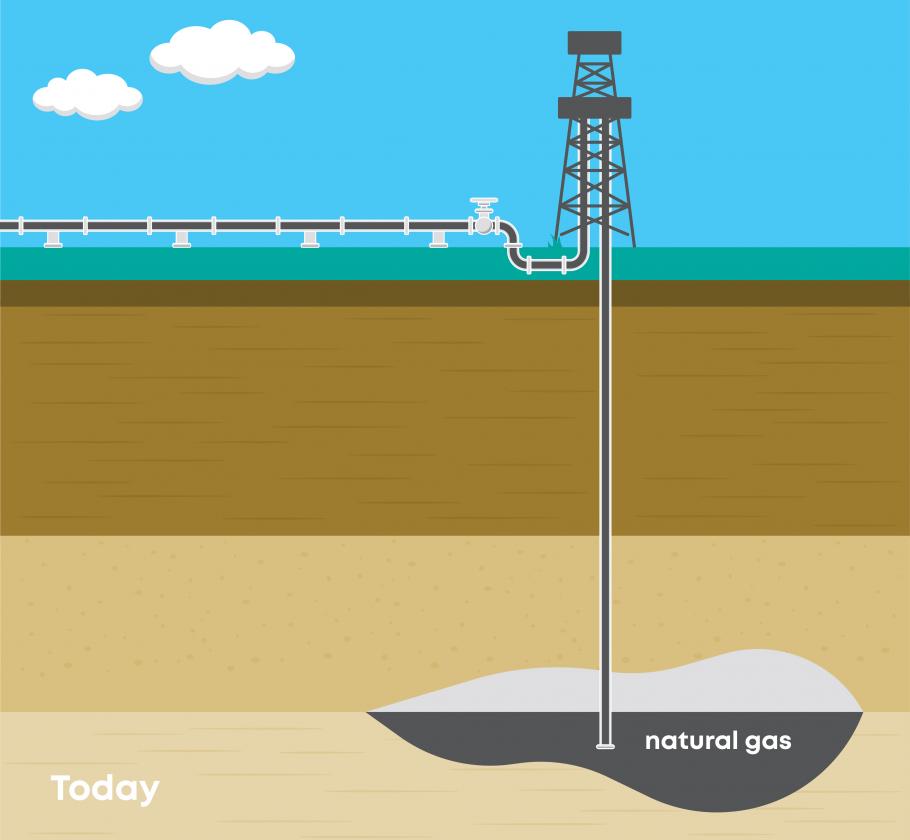
How is natural gas produced?
You know the drill – natural gas drilling, that is. Natural gas is produced using vertical and horizontal drilling to access and extract natural gas from reservoirs in the Earth’s sediment. Some natural gas is also withdrawn from oil wells and coal deposits. Natural gas flows up the well to the surface, where it is put into gathering pipelines. In most cases, the raw natural gas must be sent to a processing plant to be treated and purified into methane for use as an energy source.(1)
Modern advances – such as 3-D and 4-D seismic registers, and GPS and satellite technologies – are making it easier and more environmentally friendly to find natural gas sources for extraction.
Fun fact 5: If you connected all the world’s natural gas pipelines, the structure would go to the moon and back at least eight times.
Fun fact 6: Modern drilling rigs can extract gas from rock formations miles below the surface—deeper than most skyscrapers are tall.

What are the uses of natural gas?
The uses of natural gas are endless, and it can be found just about everywhere. It’s used to generate electricity, provide heat and light in both residential and industrial settings, fuel buses and other means of transportation, make chemicals, and create materials such as plastics, detergents, and cosmetics.
In 2020, people worldwide used about 134 trillion cubic feet of natural gas, with the highest usage seen in the United States, Russia, China, Iran, Japan, Canada, and Saudi Arabia.(3)
Fun fact 7: Nearly 70 million American homes use natural gas.
Fun fact 8: Natural gas appliances are highly efficient, this means less energy is wasted compared to some electric systems.
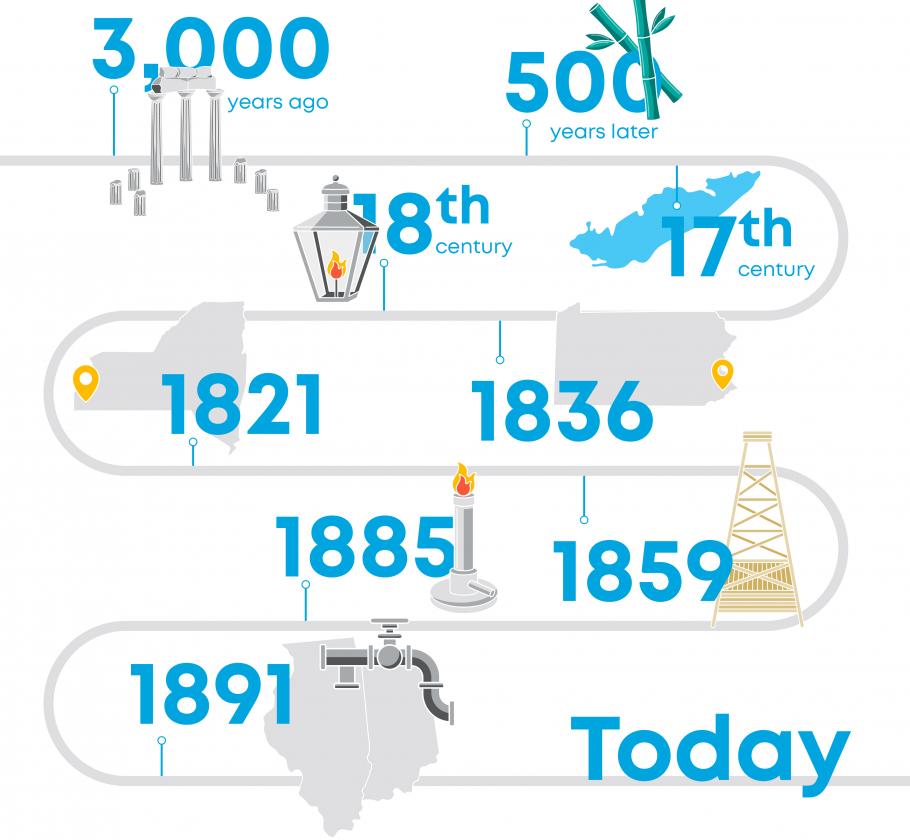
What is the history of natural gas?
Three thousand years ago, the Greeks built a temple to the Oracle at Delphi, on Mount Parnassus – a site where natural gas escaping from the earth had been ignited into a mysterious flame. Other communities throughout Greece, Persia, and India incorporated similar flames into their religious observances.
Around 500 years later, the Chinese realized they could harness these flames, and they built bamboo pipelines to transport the gas for boiling seawater into potable water supplies. Archaeologists have found what is believed to be the first well, a 500-foot drop, dating back to 211 B.C. for the purpose of extracting natural gas.
In the early 17th century, Native Americans were observed igniting the gases in and near what is now Lake Erie. Throughout the 18th century, natural gas was used to light streets and homes in both the U.S. and Britain. America sparked many milestones in natural gas history, including the country’s first successful natural gas well in Fredonia, New York, in 1821; the first municipally owned natural gas distribution company in Philadelphia, Pennsylvania, in 1836; the beginnings of the American natural gas industry with a 69-foot deep well and 2-inch-pipeline originating back near Lake Erie in 1859; and the 120-mile-long pipeline bringing natural gas from Indiana to Chicago starting in 1891.
Robert Bunsen’s 1885 invention of his Bunsen burner allowed people to channel natural gas flames for cooking and heating. Since then, natural gas has become a staple that fuels our daily lives.(4)
Fun fact 9: Transforming natural gas into liquefied natural gas (LNG) reduces the volume 600-fold, making the transportation of this often life-changing energy source much more viable.
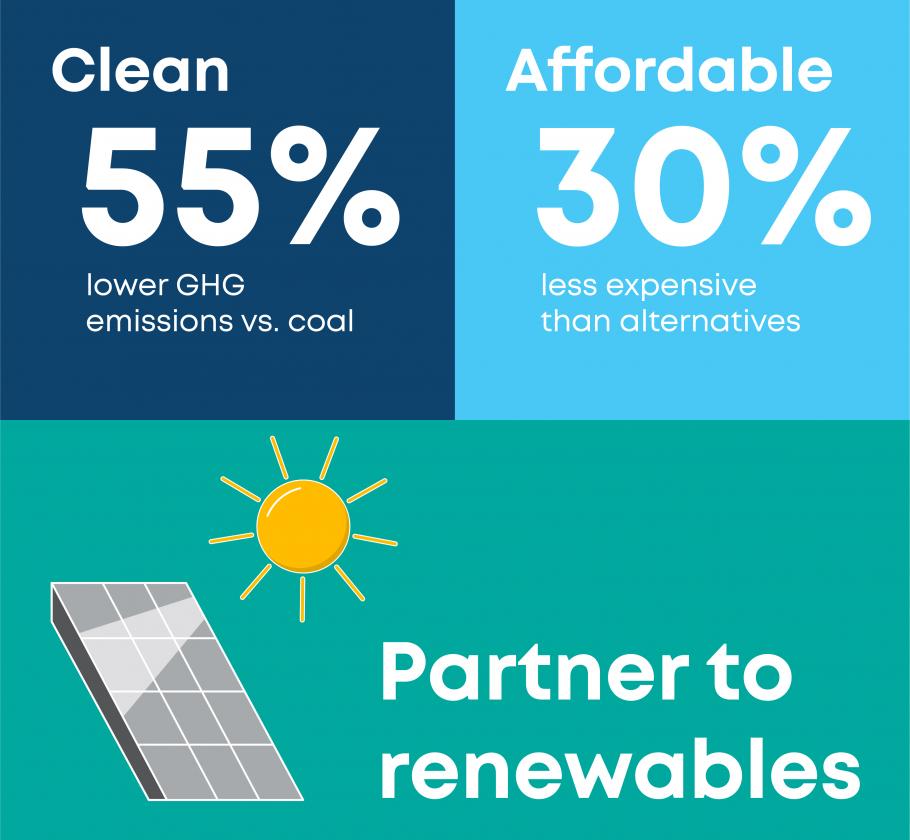
What are the advantages
of natural gas?
Several advantages of natural gas make it a clear winner in the energy industry.
A primary advantage of natural gas is that it’s simply clean – the cleanest fossil fuel burned for energy use. It doesn’t generate ash residues or sulfur oxides. Its greenhouse gas emissions are as much as 55% lower than coal when used to produce comparable amounts of electricity, and today’s power plants fueled by natural gas emit less than 10% of the pollutants coming from coal-fired plants.(5)
Another advantage of natural gas is that it is more effective – both in cost and efficiency. Natural gas can be over 30% more affordable than other fuel sources such as diesel.(6)
Finally, one of the most important advantages of natural gas is that it’s a safe, reliable energy option, which makes it a natural partner to renewables – quickly stepping in when solar, wind, and hydropower supplies are not readily available or demand outstrips the supply.
Fun fact 10: Natural gas has no color, odor, or taste. The rotten egg smell you might associate with natural gas actually comes from added odorants, such as mercaptan.
